9 Waves and EMR Wk4 Mrs Morritt Science
Types of Waves: The types of waves are given below. Transverse Waves Waves in which the medium moves at right angles to the direction of the wave. Examples of transverse waves: Water waves (ripples of gravity waves, not sound through water) Light waves S-wave earthquake waves Stringed instruments
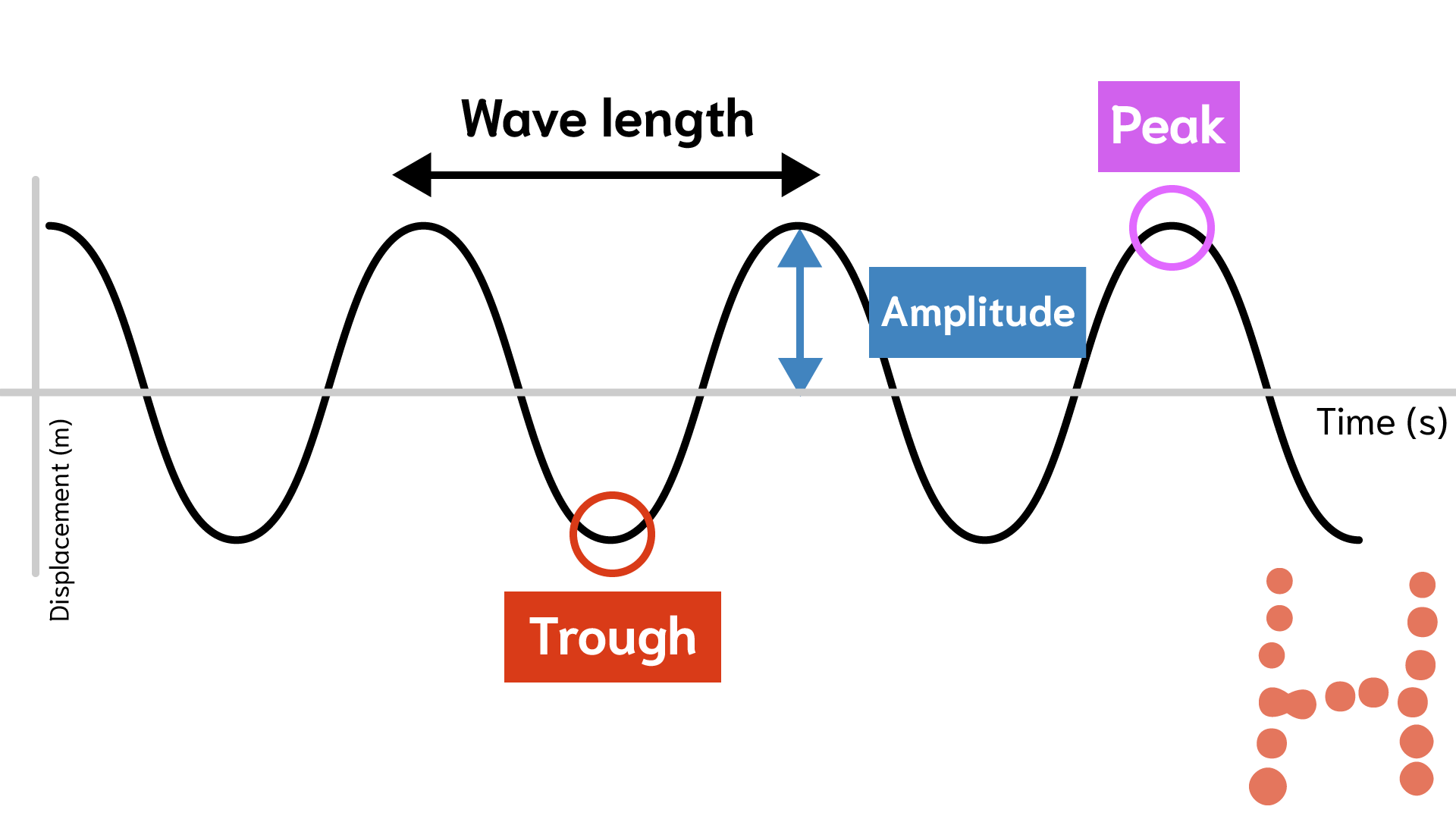
Waves Homework Help For Kids
What are the parts of a wave? Photo Credits: CAVAN IMAGES All water waves have some common features, including the trough, the crest, wave height, amplitude, wavelength, and frequency. These parts are common in both deep water or ocean waves and shallow water waves. Let us get into a detailed breakdown of these parts.

Parts Of A Wave Diagram Hanenhuusholli
Parts of a wave Diagram of a wave Waves are described using the following terms: rest position - the undisturbed position of particles or fields when they are not vibrating; displacement -.
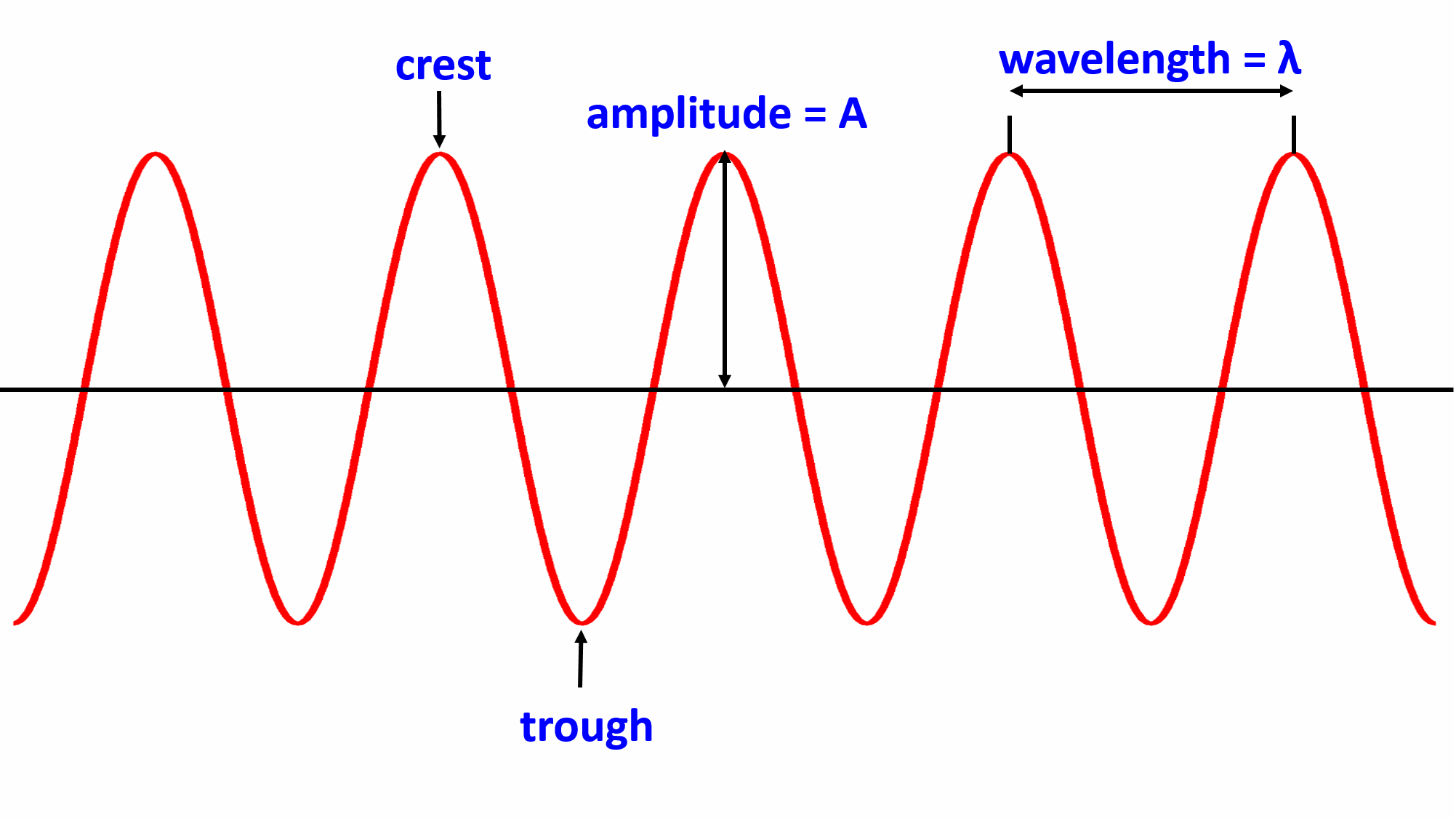
wave anatomy worksheet
Definitions. Crest - the highest point in the wave.; Trough - the lowest point in the wave.; Wavelength - the horizontal distance between successive crests, troughs or other parts of a wave.; Wave height - the vertical distance between the crest of a wave and its neighboring trough. This term is commonly used when describing water waves where the undisturbed surface is not easily determined.
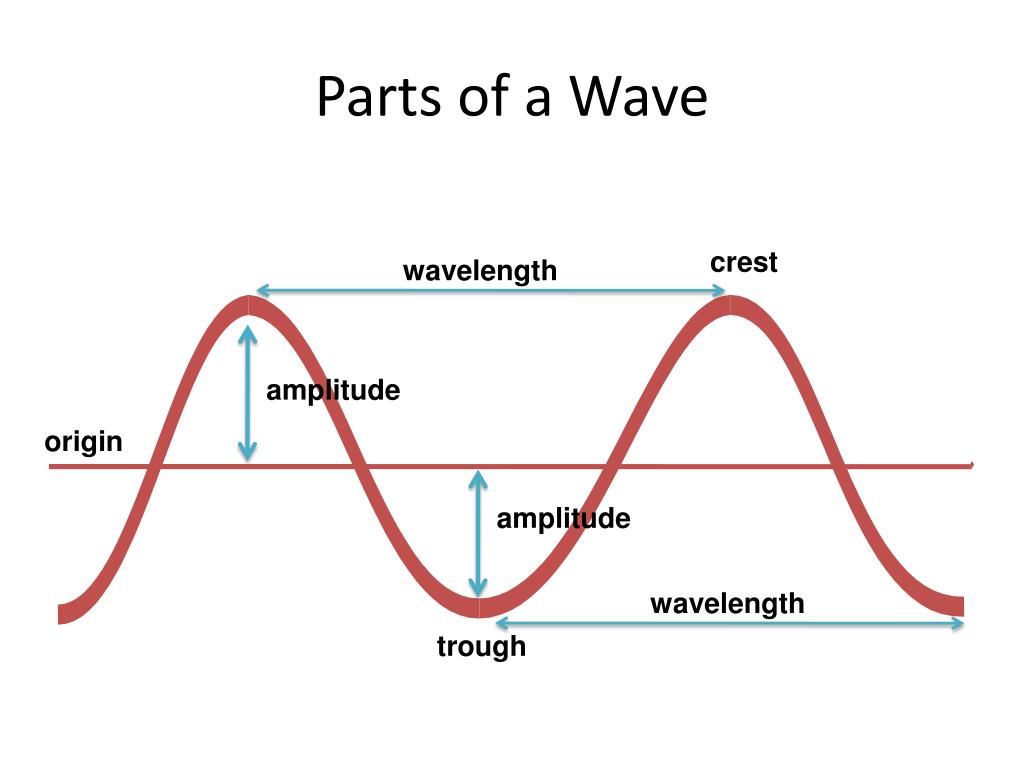
PPT Chapter 5 PowerPoint Presentation, free download ID5056898
In summary, understanding the parts of a wave is crucial in unraveling the complexities of wave mechanics. By labeling the amplitude, crest, trough, and wavelength, we gain valuable insights into the nature and behavior of waves. The amplitude represents the wave's height, the crest is the highest point, the trough is the lowest.

PPT CH 15 & 16 PowerPoint Presentation, free download ID1614788
Parts of a Wave. Lip: The lip is the top edge of the wave before it breaks. Shoulder: Is the part that is further away from the breaking part, usually not so steep. Face / Wall: The steep part of the wave out in front of where you surf. Tube / Barrel: Is the part that is hollow that surfers aim for to get a tube ride or barrel ride.

PPT Waves PowerPoint Presentation, free download ID2197901
The basic properties (parts) of a wave include: frequency, amplitude, wavelength and speed. Frequency. Frequency is a measure of how many waves pass a point in a certain amount of time. The higher the frequency, the closer the waves are together and the greater the energy carried by the waves will be.

Wave Definitions The Science and Maths Zone
Key points: A wave is a repeating disturbance that travels through matter or space transferring only energy. Below is a model of a wave. A wave's crest is its highest point, and its trough is its lowest point. A wave's amplitude is the maximum distance (positive or negative) a wave reaches from its rest position.

Parts of a wave YouTube
The heart of the wave equations as David described them are trigonometry functions, sine and cosine. Trig functions take angles as arguments. The most natural units to express angles in are radians. The circumference of a circle = π times its diameter. The diameter is 2 times the radius, so C = 2πR. Now when the radius equals 1, C = 2π.
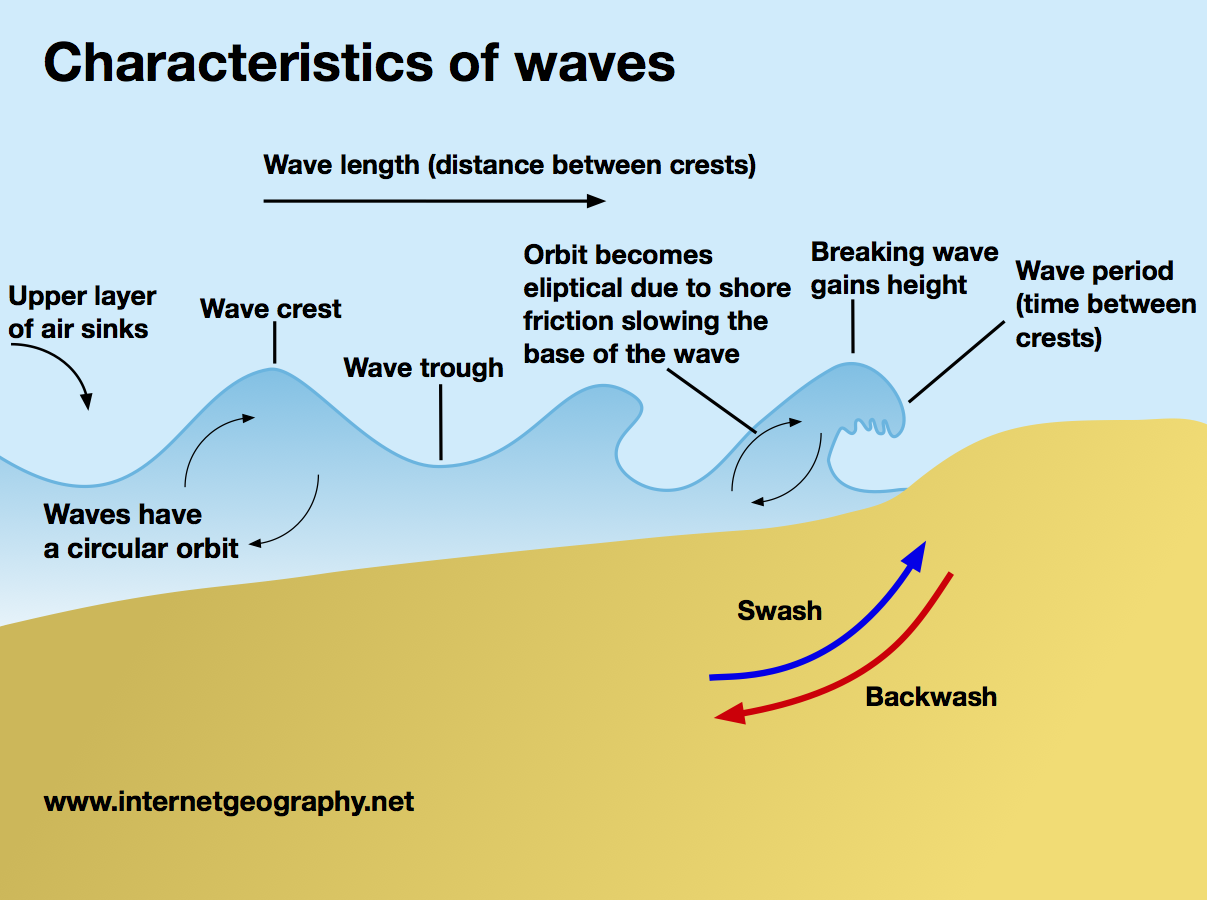
Waves A Level Geography
The speed of propagation vw is the distance the wave travels in a given time, which is one wavelength in a time of one period. In equation form, it is written as. v w = f λ. From this relationship, we see that in a medium where vw is constant, the higher the frequency, the smaller the wavelength. See Figure 13.8.
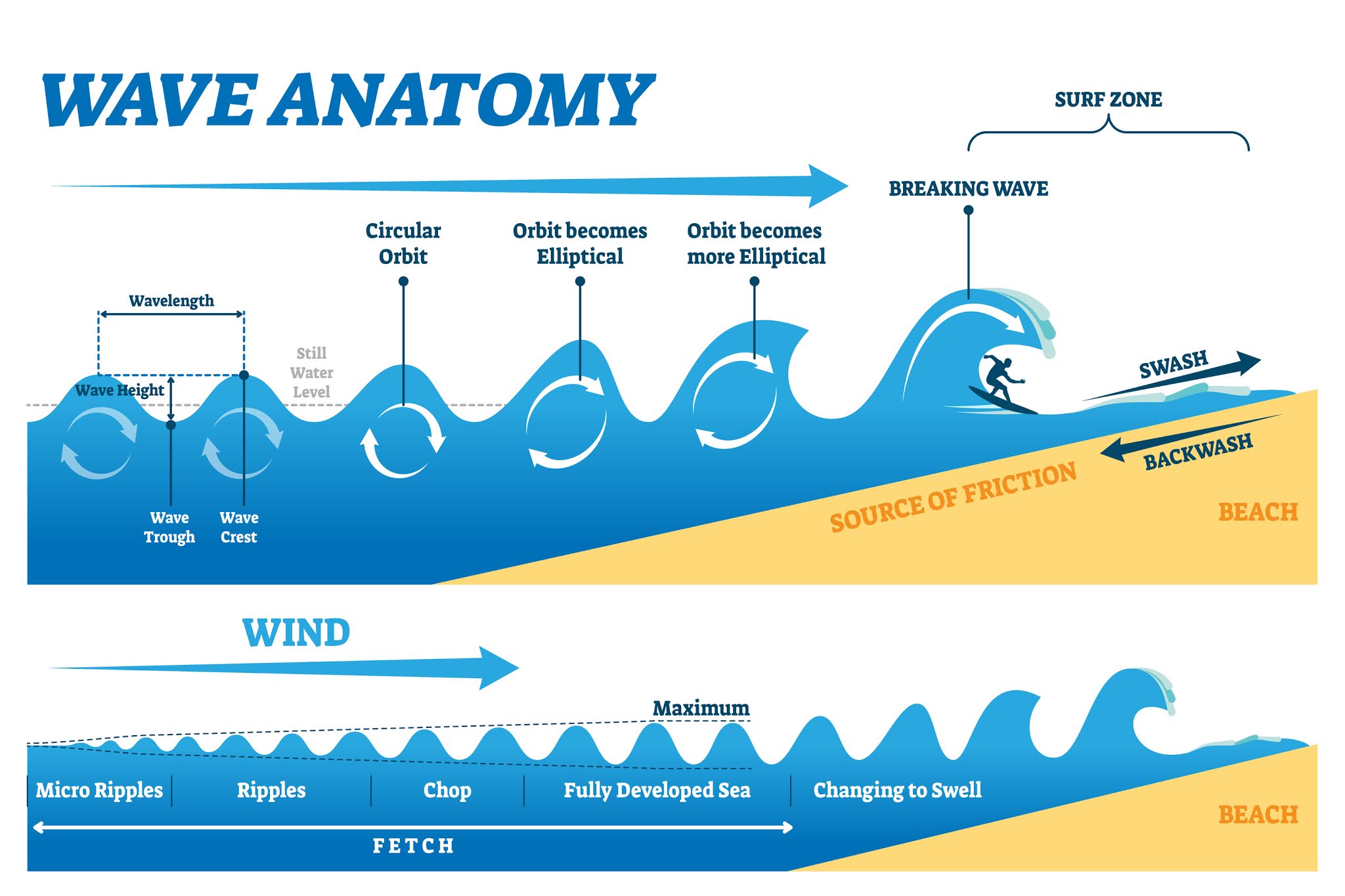
Wave Basics MooMooMath and Science
What are the parts of a wave? So, we've talked about what waves are. But what are the actual parts of a wave? And what types of waves are there? Some waves, such as transverse waves, have crests and troughs. The highest point on these waves is called the crest. The lowest point is called the trough.

PPT Waves PowerPoint Presentation, free download ID1961289
One such property is amplitude. The amplitude of a wave refers to the maximum amount of displacement of a particle on the medium from its rest position. In a sense, the amplitude is the distance from rest to crest. Similarly, the amplitude can be measured from the rest position to the trough position.
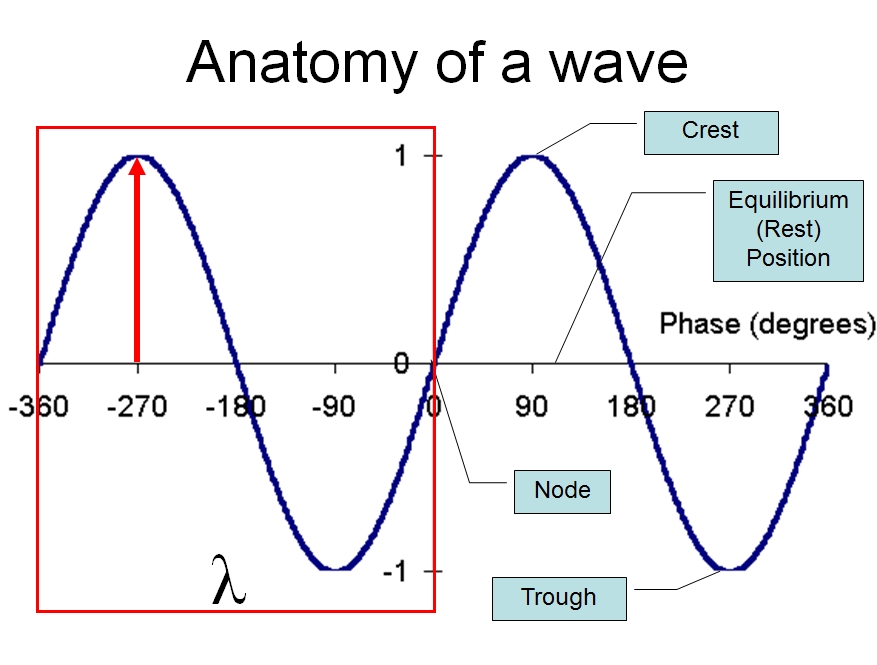
Waves VISTA HEIGHTS 8TH GRADE SCIENCE
What are the parts of a wave structure? A wave is described in terms of its structure. The parts of the wave include the crest, trough, period, wavelength, and amplitude. What is.
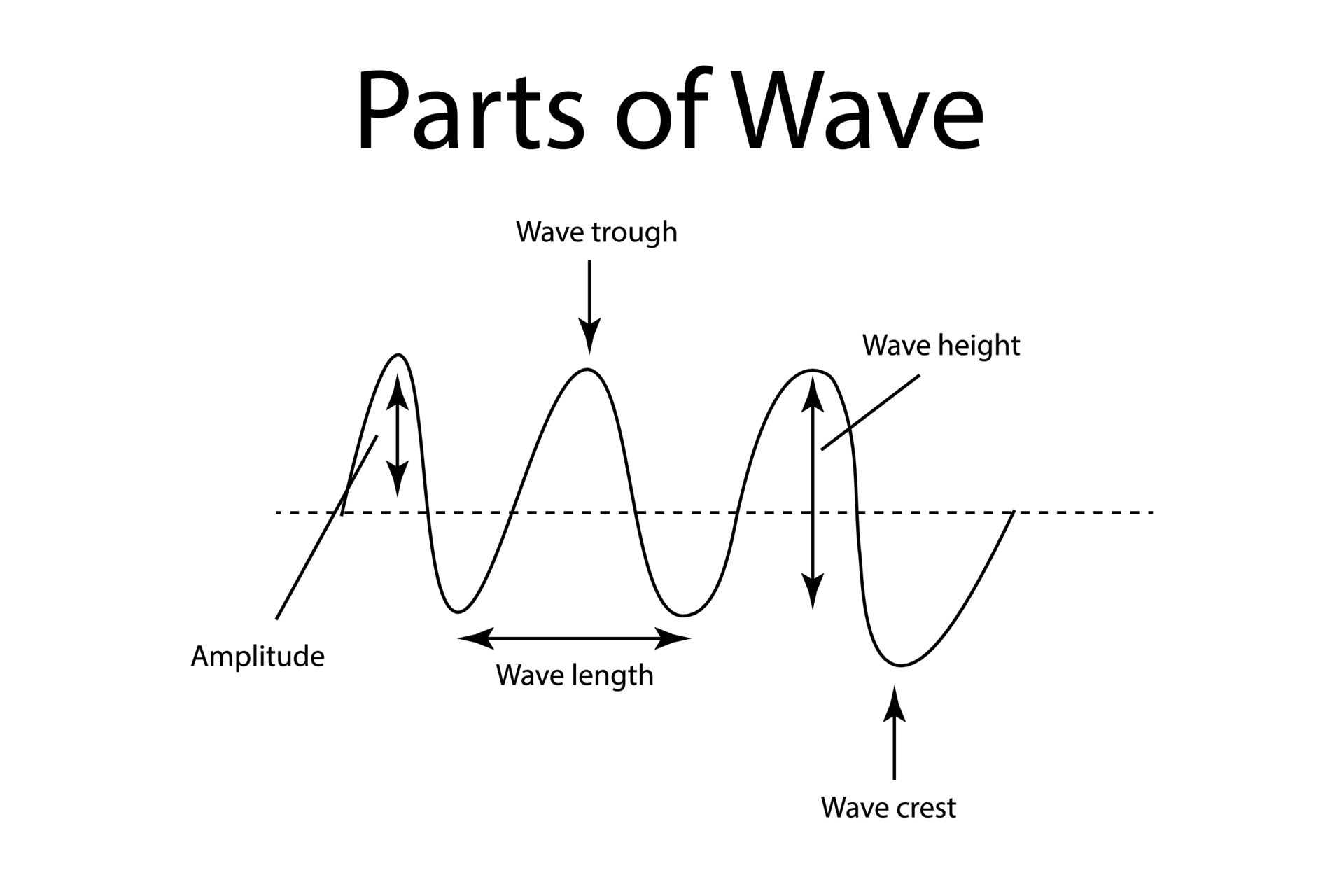
Waves of the basic properties. Vector illustration parts of a wave. Amplitude, wave length
Different Parts of a Wave There are three main parts of an ocean wave, the crest, the trough, and the face. What are the 7 properties of waves? There are many properties that scientists use to describe waves. They include amplitude, frequency, period, wavelength, speed, and phase. Each of these properties is described in more detail below.
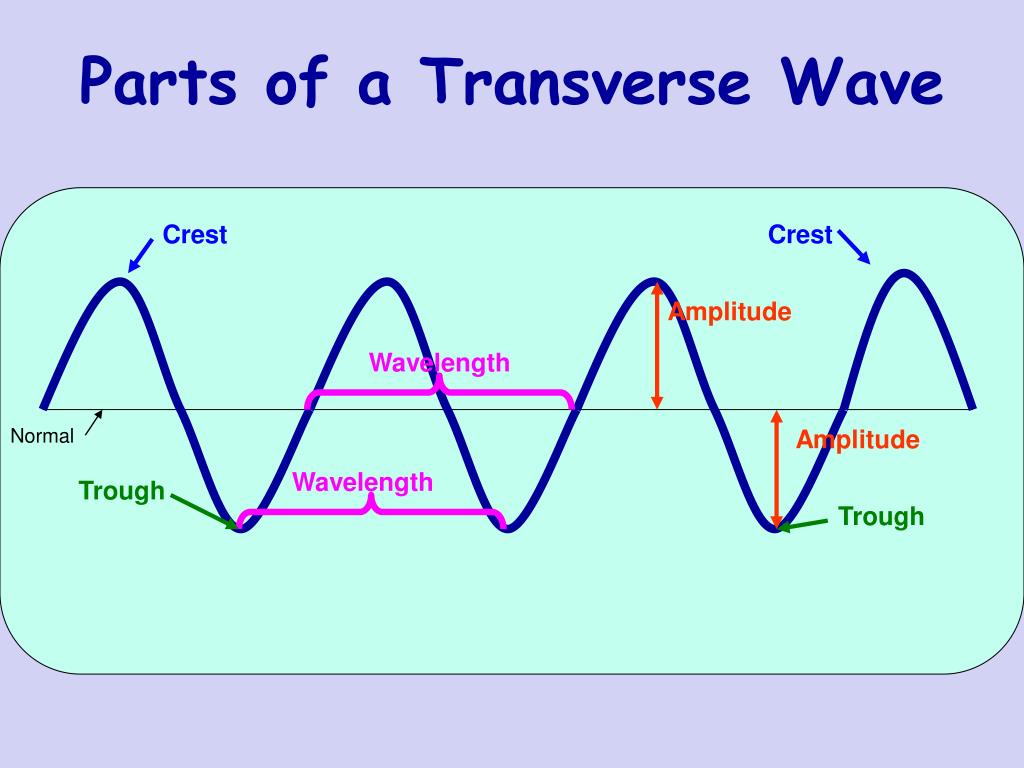
PPT Waves PowerPoint Presentation, free download ID2998022
Crest and Trough Amplitude Wavelength Frequency Picture of a Wave ( Top, Wave Home ) We will be considering the parts of a wave with the wave represented as a transverse wave as in the following diagram: In the above diagram the white line represents the position of the medium when no wave is present.
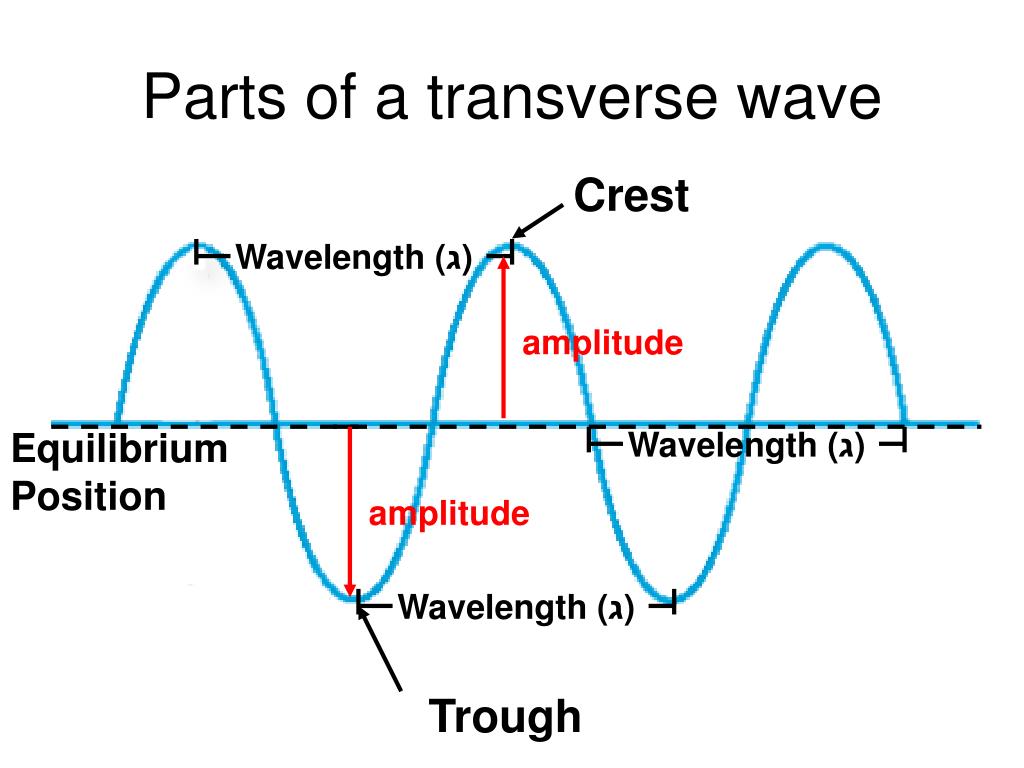
Label The Parts Of The Transverse Wave.amplitude Crest Trough Wavelength Heat exchanger spare
A wave is described by its wavelength (or the distance between two sequential crests or two sequential troughs), the wave period (or the time it takes a wave to travel the wavelength), and the wave frequency (the number of wave crests that pass by a fixed location in a given amount of time).